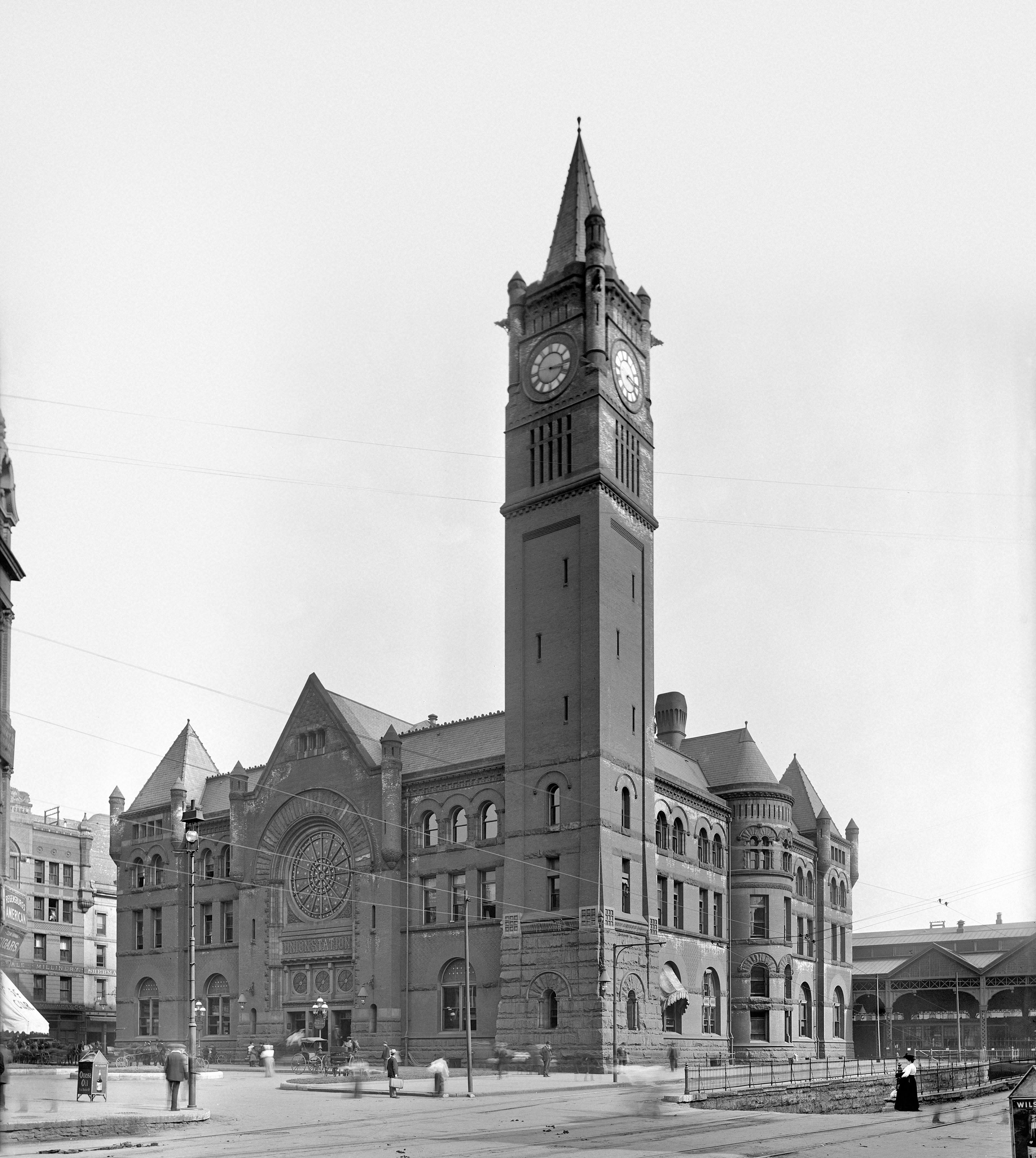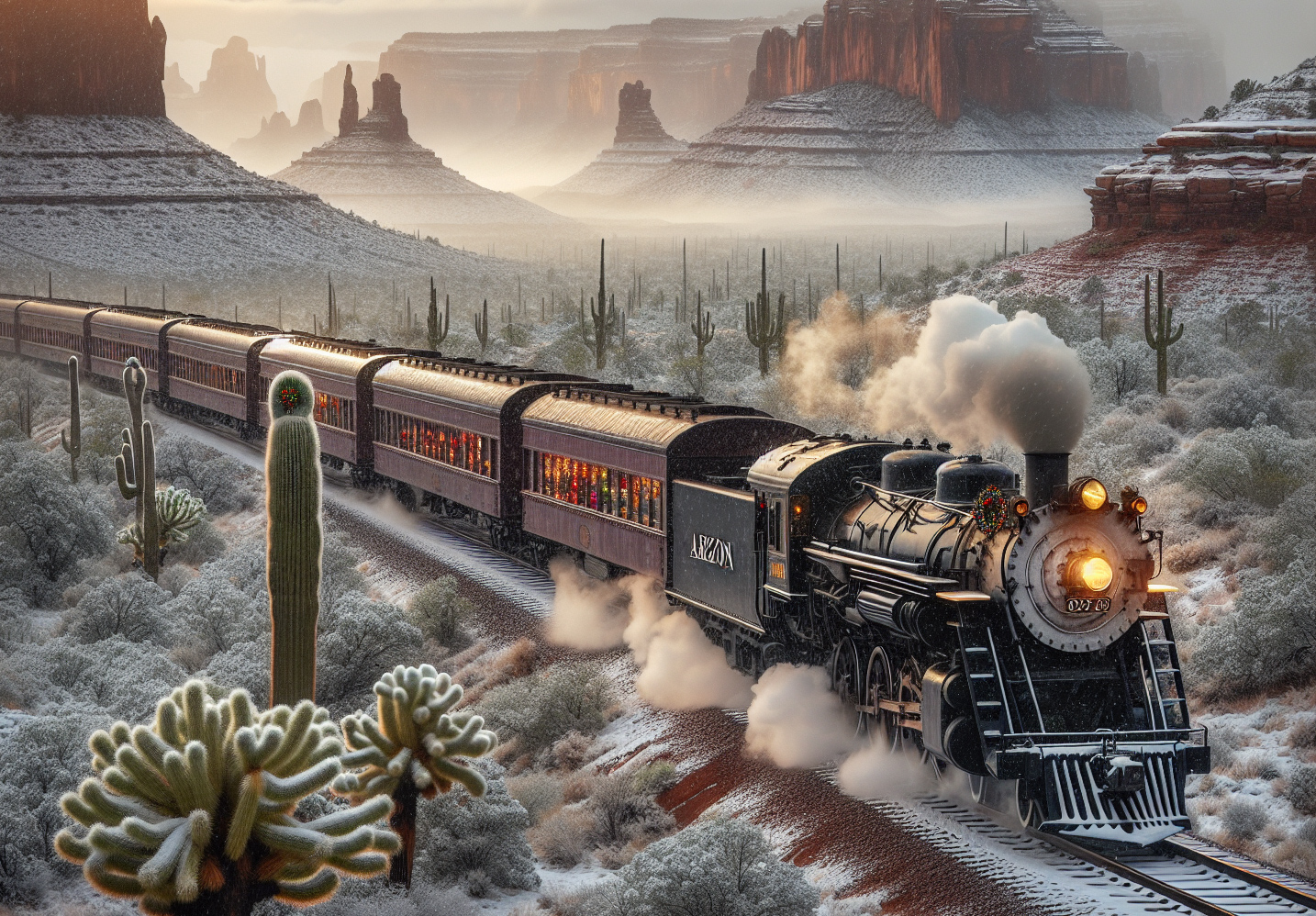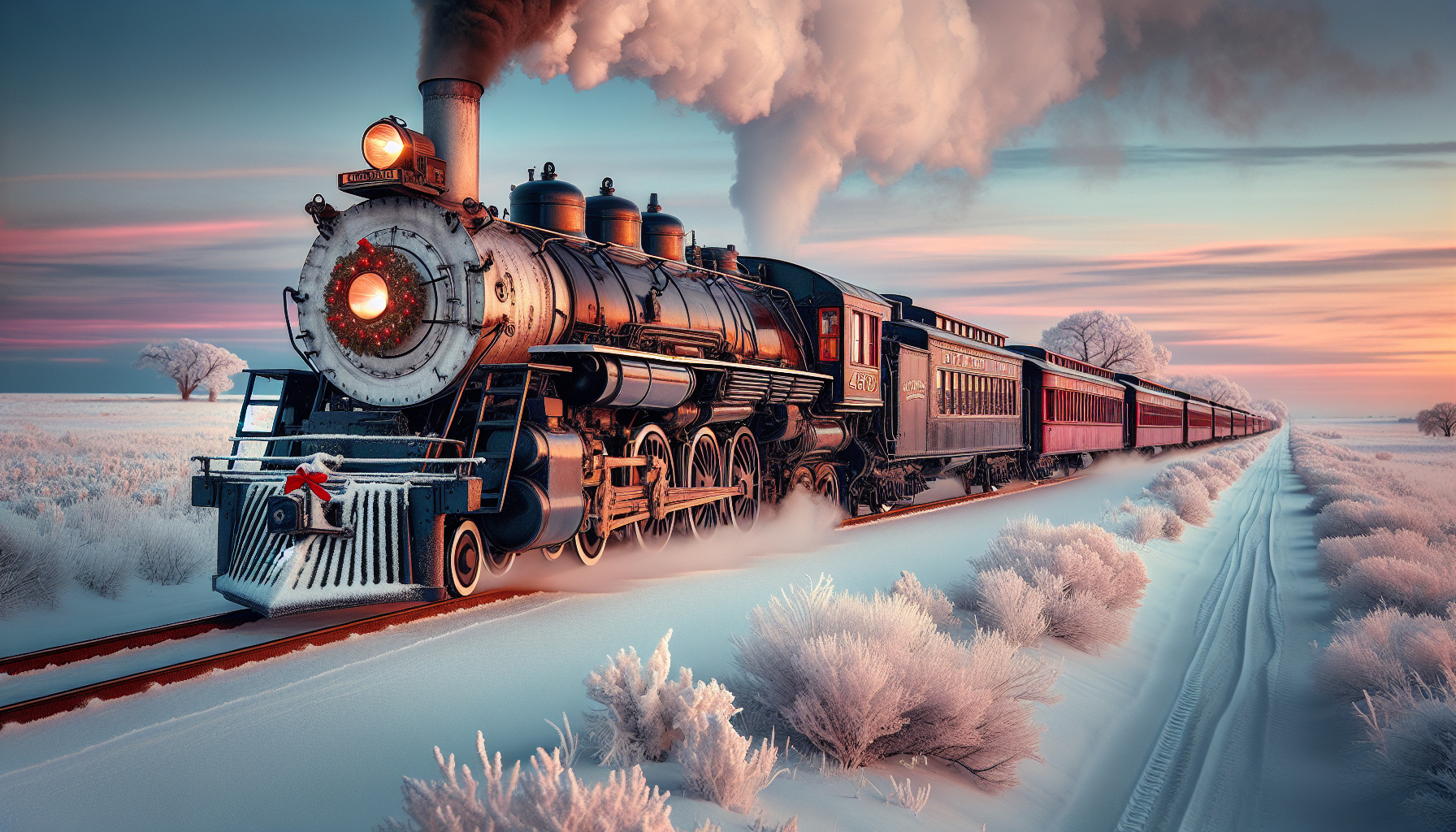Indianapolis Union Station: Since 1853
Published: February 2, 2025
By: Adam Burns
Indianapolis Union Station stands as a historical beacon, emblematic of the rich industrial and transportation heritage of the United States.
The city inaugurated the world's first union station in 1848. The original building was unveiled on September 20, 1853, at 39 Jackson Place, under the management of the Indianapolis Union Railway.
Subsequently, a more expansive facility - of which the clock tower and head house still stand today - was built in the Richardsonian Romanesque style. It was designed by Pittsburgh architect Thomas Rodd; construction commenced in November 1886 and completed by September 1888.
Amtrak continues to serve Union Station, utilizing a waiting area located beneath the train shed; the Cardinal departs in each direction tri-weekly.
 A Detroit Publishing Company photo of Indianapolis Union Station from 1906. Library of Congress photo.
A Detroit Publishing Company photo of Indianapolis Union Station from 1906. Library of Congress photo.Historical Significance
The foundation of Indianapolis Union Station corresponded with the explosive growth of the railroad industry in the 19th century. Before its inception, the lack of coordination among disparate rail lines and terminals often led to logistical challenges in passenger and freight transport.
The concept of a "union station" was revolutionary, it offered seamless connectivity by unifying multiple rail lines under one roof, reducing confusion and enhancing the efficiency of rail travel by combining multiple facilities into one locatoin.
Its construction was a reflection of a grander scheme to make Indianapolis a pivotal railway nexus in the United States. By consolidating rail traffic, the station facilitated urban growth and economic prosperity.
Over the years, as the railroads helped shape the nation, Union Station emerged as a critical artery of travel and commerce, standing at the crossroads of innovation and expansion.
Architectural Grandeur
The architectural splendor of the facility is a testament to the grandeur and ambition of its creators. The current edifice, constructed in the Romanesque Revival style, was completed in 1888, designed by Thomas Rodd, an architect renowned for his work with the Pennsylvania Railroad.
The building's design blends monumental scale with intricate detailing, featuring characteristic round arches, a robust symmetrical facade, and intricate stonework that commands attention even today.
The station was built with granite and brick accented by Hummelstown brownstone, exemplifies the Romanesque architectural style through its distinct features. These include a pronounced water table and imposing brick arches.
The structure also boasts an expansive rose window, a slate roof, bartizans positioned at the corners of its sections, and an impressive 185-foot clock tower. Built in 1888, the station additionally encompassed a substantial iron train shed at street level.
One of the most breathtaking architectural elements is the station's Great Hall. Featuring expansive stained glass and an imposing barrel-vaulted ceiling, the Great Hall creates an atmosphere of both grandeur and intimacy. For decades, it served as the primary waiting area, housing countless travelers who marveled at its beauty before embarking on their journeys.
Economic and Cultural Impact
At the height of the railroad boom, Indianopolis Union Station was a bustling nexus, weaving together the social and economic fabric of the city. It wasn't merely a stopover but rather a vibrant confluence of activities that boosted local businesses, fostered cultural exchanges, and helped Indianapolis prosper.
However, the broader decline of the rail industry post-World War II mirrored a shift in transportation preferences toward automobiles and air travel.
Decline and Revival
During the 1960s and into the Amtrak era, ridership dwindled significantly, leading to the deterioration and, in many cases, the closure or demolition of stations around the nation, especially terminals that did not cater to commuter traffic. Of particular note here was New York City's Pennsylvania Station but there were many others. Indianapolis's Union Station narrowly escaped this fate.
By the latter half of the 1970s, the facility had been largely overtaken by vagrants and vandals, prompting numerous police and fire interventions. In response, local business and political leaders sought to preserve Union Station and reinvigorate its role within the city. During the 1970s, Amtrak had intended to operate its proposed AutoTrak service from the station, but these plans were eventually abandoned.
In 1971, the mayor of Indianapolis allocated $197,000 for the acquisition of the building. Union Station was subsequently added to the National Register of Historic Places on July 14, 1982.
Starting in 1984, the complex underwent extensive renovations, repurposing it from a traditional railroad station to a festival marketplace. This transformation was overseen by the Indianapolis architecture firm Woollen, Molzan & Partners, who helmed the restoration of the historic train shed, culminating in its reopening in 1986.
The revitalized Union Station became home to a variety of dining establishments, nightclubs, and specialty shops, including an NBC Store and a model train retailer.
The eastern section of the former platform area was converted into a large food court with several bars and nightclubs, while statues of historical figures commonly associated with train travel were strategically placed throughout the facility.
The western section housed the 273-room Crowne Plaza Hotel, featuring 26 rooms uniquely situated within thirteen restored Pullman railcars. By 1997, the marketplace initiative at Union Station had ended with the relocation of the last tenant unrelated to the hotel or transportation— a Hooters restaurant— to another downtown site.
The opening of the Circle Centre Mall in September 1995, just a block north, significantly diverted Union Station's retail clientele. Although a pedestrian bridge had been proposed to connect the two sites, it was rejected by historic preservation officials, and an underground link was deemed economically impractical.
Consequently, the city of Indianapolis assumed ownership of Union Station and began exploring alternative uses for the building. Eventually, the city leased portions of the space for diverse purposes, such as office facilities and an indoor go-kart track.
Legacy
Indianapolis Union Station's journey through the annals of history showcases the dynamic interplay between architectural brilliance, transportation innovation, and urban development. Its transformation over the decades reflects broader societal trends and sheds light on the multifaceted dynamics of urban growth and decline.
More than just a relic of a bygone era, Union Station substantiates the remarkable potential inherent in combining historical preservation with modern adaptation. As it continues to evolve, it remains both a memory of the past and a symbol of resilience and reinvention for the future, echoing the enduring allure of journeys embarked upon and the tales therein enfolded.
Recent Articles
-
Arizona Polar Express Train Rides: A Complete Guide
Mar 13, 25 11:55 AM
Arizona is home to one of the finest heritage railroads in the nation, the Grand Canyon Railway. During the holiday season they host official "The Polar Express" trips. -
Oklahoma Polar Express Train Rides: A Complete Guide
Mar 13, 25 11:06 AM
Oklahoma is one of just a handful of states offering official "The Polar Express" events, hosted at the Oklahoma Railway Musuem in Oklahoma City. Learn more about this attraction here! -
Milwaukee Road Steam Roster (All-Time): Post-1900
Mar 13, 25 12:19 AM
The Milwaukee Road is best known for its fleet of streamlined 4-4-2s and 4-6-4s which led the "Hiawathas." However, it also operated many other designs. This information highlights its post-1900 steam…


